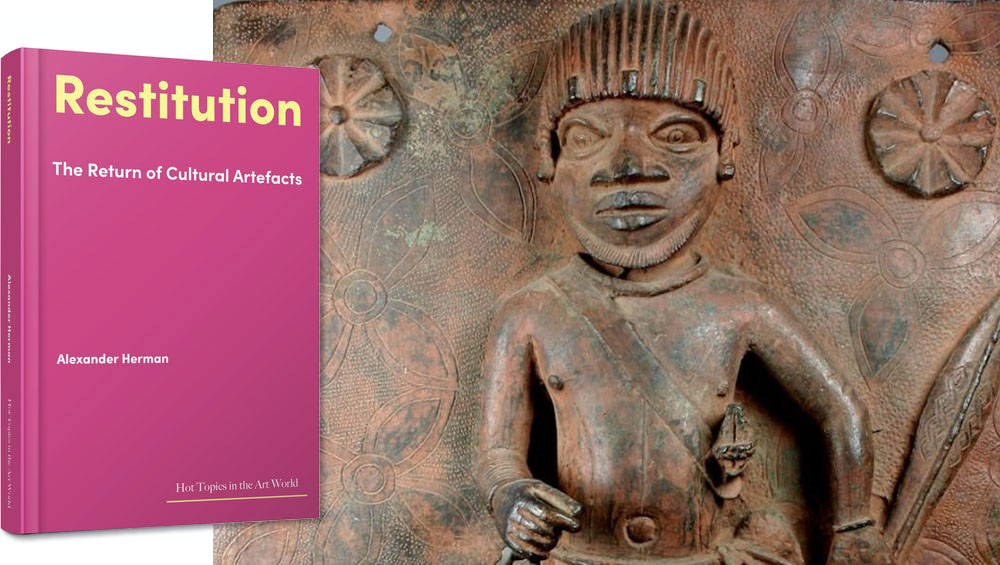
reviewed by DAVID TRIGG
Hardly a month goes by, it seems, without an announcement of cultural treasures being returned to their country of origin. In September, it was the 3,600-year-old “Gilgamesh Dream Tablet”, which was sent back to Iraq after its seizure from the Christian arts and crafts company Hobby Lobby by US officials. In August, more than 100 objects confiscated from the disgraced New York antiquities dealer Subhash Kapoor were returned to Pakistan, while in June, the Metropolitan Museum of Art in New York announced that it was handing back two illegally acquired 16th-century Benin Bronze plaques to Nigeria. Western nations are increasingly giving serious consideration to the repatriation of cultural artefacts, whether they were stolen from former colonies, conquered territories or developing countries. Known as “restitution”, the return of such material as an act of justice for historical wrongs is a hot topic. In this expertly researched book, Alexander Herman guides us through the ins and outs and the claims and counterclaims, as well as the legal, ethical, political and cultural issues at stake in this intriguing subject.
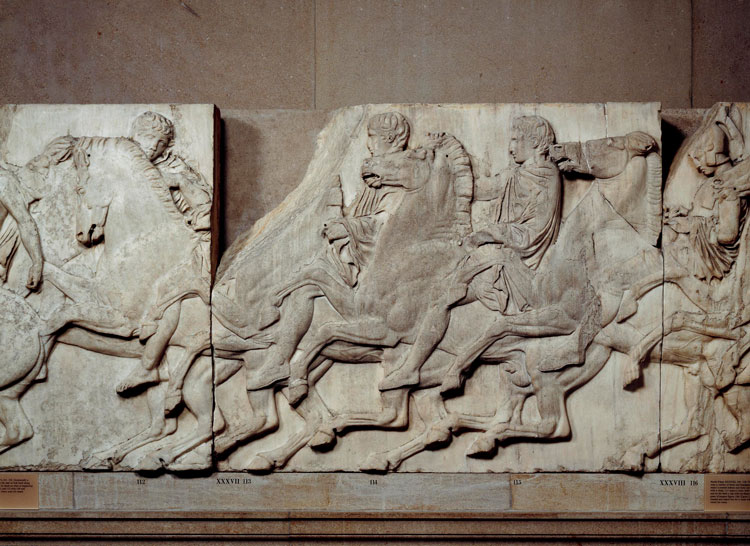
Marble relief, Slab XXXVII from the North Frieze of the Parthenon: procession of horse-drawn chariots. © The Trustees of the British Museum. Image licensed under Creative Commons Attribution-NonCommercial-ShareAlike 4.0 International (CC BY-NC-SA 4.0).
As an expert on cultural heritage law, Herman brings a wealth of knowledge to the topic. With a raft of contemporary and historical case studies, he traces the factors shaping a new paradigm in restitution, from the growing trend for repatriation of indigenous material to the crackdown on the illicit artefact trade, via examinations of colonial plundering and Nazi looted art. He begins by considering the most notorious restitution claim of all: the attempt to repatriate the Parthenon Marbles to Greece from the British Museum. A 200-year-old dispute might seem a curious starting point for this very contemporary debate, though as Herman notes, the case “provides ample lessons about the particular challenges encompassed in any claim”. There is, of course, an acute sticking point: the sculptures – which were famously removed from the Acropolis of Athens in the early 19th century – have become a symbol of culture for both Britain and Greece, and their return, it is feared, would open the floodgates, leading to the emptying out of institutions and the depletion of museum collections.
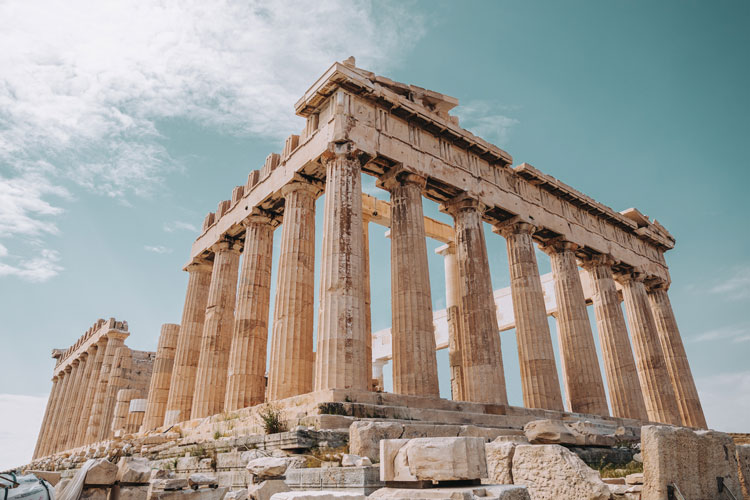
The Parthenon. Photo: Spencer Davis.
The saga of the Parthenon Marbles serves as a warning about how contentious restitution can become. Thankfully, the second chapter focuses on an area in which progress has been made: the return of indigenous cultural property. However, as Herman emphasises throughout the book, the cogs turn slowly in the museum world. Nevertheless, an encouraging example is found in the Canadian west coast nation of the Kwakwaka’wakw, which sought for decades to recover ceremonial objects that had been unethically confiscated from its community and sold to museums. They key to the successful return of an especially important mask held by the British Museum (albeit on a renewable loan basis) was dogged persistence along with the nurturing of dialogue and mutual understanding. Herman’s research is second to none and this chapter exemplifies his judicious use of case studies to make a valuable point: patience and perseverance are essential to restitution.
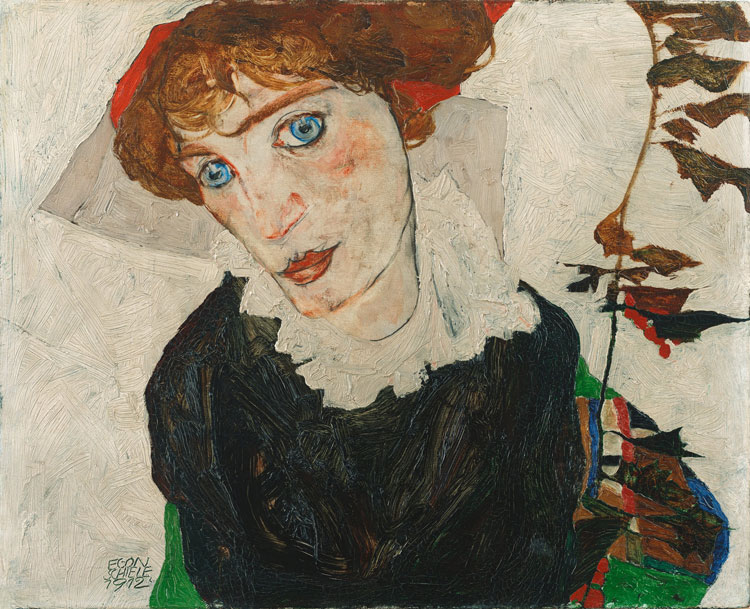
Egon Schiele, Portrait of Wally Neuzil, 1912. Oil on panel, 32 x 39.8 cm. Leoppold Museum. Photo: Wikimedia Commons / public domain.
The last 20 years have seen a significant shift in attitudes towards restitution, especially as scrutiny of museum collections acquired during the colonial period has intensified. As Herman writes: “A constellation of factors has coalesced to upset the prevailing status quo and put dealers, commercial galleries, collectors, auction houses and even museums on the defensive.” However, the scope of this book is much broader, and includes a particularly fascinating discussion of the issues surrounding artworks stolen by the Nazis during the Holocaust, of which it is claimed there are as many as 100,000 items still unaccounted for. A major problem here is often a lack of evidence surrounding the original taking. One drawn-out case, however, has set an important precedent: Egon Schiele’s iconic Portrait of Wally (1912), referred to as “the face that launched a thousand lawsuits”. The painting was confiscated from its Jewish owner in Vienna in 1938, the year of the Anschluss, and later found its way into the city’s Leopold Museum. In 1997, it was seized from a Schiele exhibition at the Museum of Modern Art in New York, sparking a wrangle that was only resolved in 2010 to the tune of a $19m settlement.
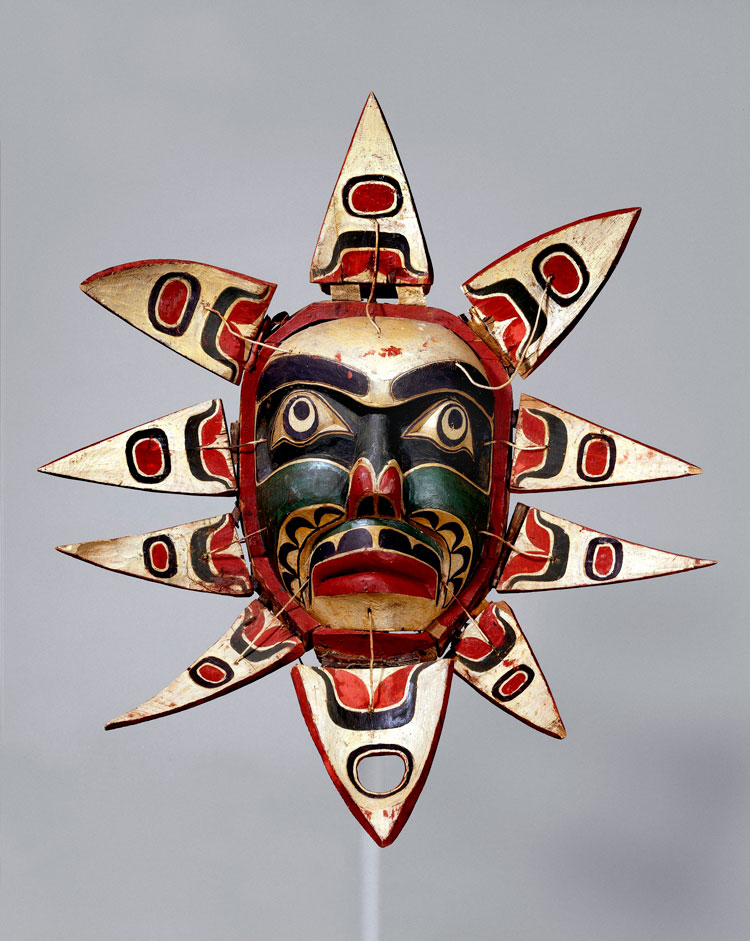
Kwakwaka'wakw potlatch transformation mask in the open position, revealing the sun or a starfish. © The Trustees of the British Museum. Image licensed under Creative Commons Attribution-NonCommercial-ShareAlike 4.0 International (CC BY-NC-SA 4.0).
At the national level, several countries have in recent years passed regulatory controls over the trading of antiquities, and, in 2018, the UN General Assembly adopted a resolution urging the return and restitution of illicitly traded cultural property. “Injustice, no matter how distant, carries an echo – one that has grown so loud as to be almost deafening,” writes Herman in his chapter on museums and imperial violence. Clearly, items taken by military force are very worthy of restitution and it seems that many nations are slowly waking up to this, ostensibly taking their lead from France. In 2018, following an extensive report by academics Felwine Sarr and Bénédicte Savoy, the Elysée Palace issued a statement promising the permanent return of 27 items that were taken by French troops at the end of the 19th century from the Republic of Benin and Senegal. France even passed a special law to facilitate the return. Other nations have followed suit, propelling the issue of restitution into the realm of geopolitics. While there is much to be encouraged by here, it is concerning to see world powers using restitution as a means to advance their international influence.
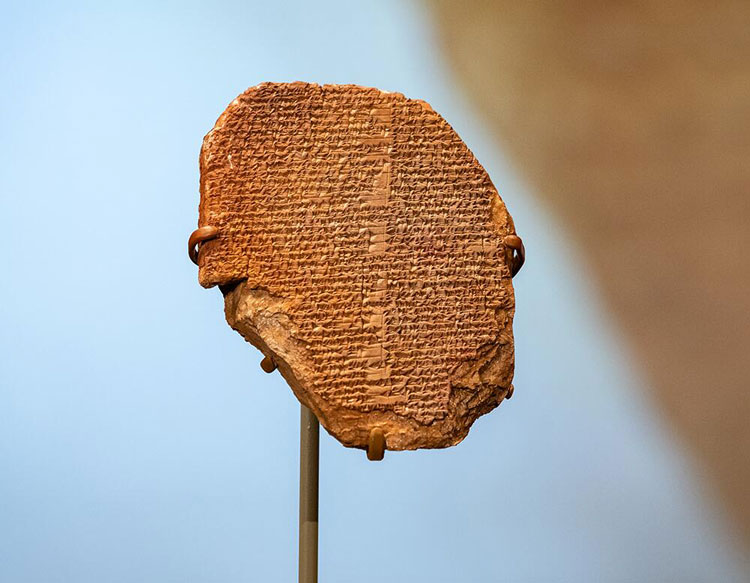
The Gilgamesh Dream Tablet seized by US authorities. Photograph: US Department of Homeland Security.
With an engaging writing style, Herman has turned what could have been a dry account of the legal and ethical wrangling over cultural heritage into a study that is fascinating and thought-provoking. The question at the heart of this succinct book is one of justice: how do we, in the 21st century, best make amends for crimes that took place long ago? On the face of it, restitution seems an easy option but, as Herman shows, the seemingly simple process of handing back plundered or dubiously obtained artefacts is complex and fraught with challenges that need to be carefully picked over. There is a profound tension between those who seek justice and real-world practicalities, not to mention the often-frustrating constraints of the legal system. Solutions, he argues, must ultimately come from the establishing of “equitable and sustainable relations between those involved”. If stalemates are to be avoided, there must be genuine and open dialogue. Yet, as history teaches us, this is often far easier said than done.
• Restitution: The Return of Cultural Artefacts by Alexander Herman is published by Lund Humphries, price £19.99